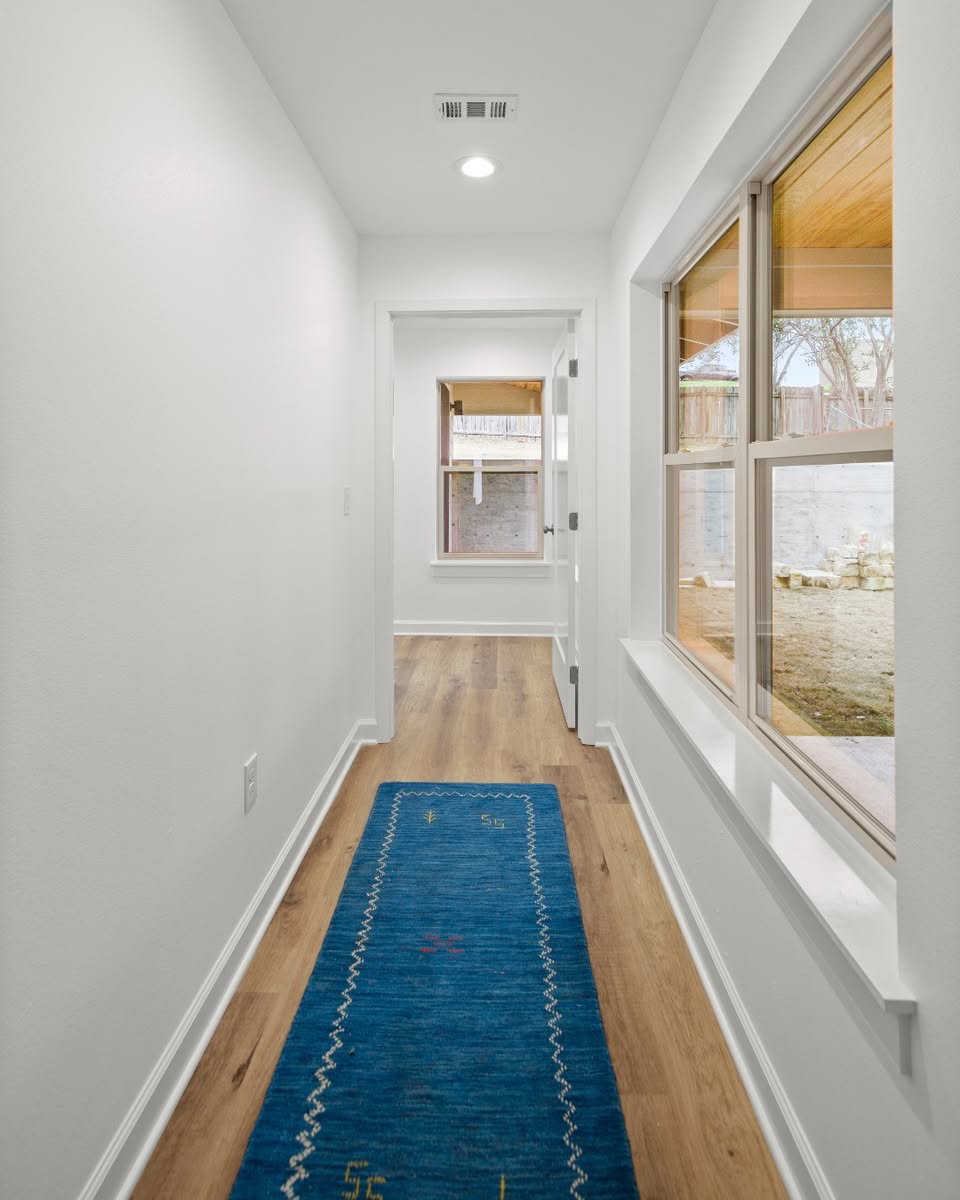When planning a home addition, one of the most important considerations is ensuring the new space blends harmoniously with the existing structure. Whether you’re expanding your kitchen, adding a primary suite, or constructing a new garage, the goal is to create an addition that feels like a natural extension of your home rather than an afterthought. Achieving this requires careful planning, attention to architectural details, and a clear vision for both functionality and aesthetics.
One primary way to ensure cohesion between the old and new sections of your home is by maintaining consistent design elements. These include the architectural style, rooflines, window proportions, and materials. For example, if your home features traditional brickwork, incorporating brick into the new addition will help maintain a sense of continuity. Similarly, matching the style of roofing, such as gabled or hip roofs, will prevent the addition from appearing disjointed.
Ensuring that the new addition is appropriately scaled in relation to the existing home is crucial. An addition that is too large or too small can disrupt the harmony of your property. When planning, focus on the proportions of the existing structure — pay attention to the size of doors, windows, and walls. A disproportionate addition can create a visual imbalance, which is why it’s important to work with a professional who can help maintain proper scale.
A well-planned addition must not only blend visually with your home but also enhance its functionality. Whether it’s adding a home office or a larger living room, the new space should seamlessly integrate into your daily routine. This may involve considering the flow of traffic between the existing areas and the addition, ensuring that rooms are logically connected and accessible. Proper circulation, including the placement of doors and hallways, will contribute to a smooth transition between old and new spaces.
Color choices and material finishes play a key role in blending the new addition with your existing home. Stick to a similar or complementary color palette to ensure the addition doesn’t look out of place. For example, if your home has neutral tones, consider continuing that theme in the new space. Additionally, using the same or similar materials for the floors, cabinetry, and countertops can create a sense of unity.

For expert guidance in integrating home additions and ensuring a seamless transition between old and new, consider working with Freccia Group Residential Construction in Austin, TX. As experienced bathroom and kitchen remodelers, luxury home builders, and custom home builders, we specialize in creating spaces that complement your home’s existing design. Our team of skilled room addition contractors can help you achieve the perfect balance of functionality and aesthetics in your home addition.
Learn more about Freccia Group Residential Construction and call us for a free estimate.